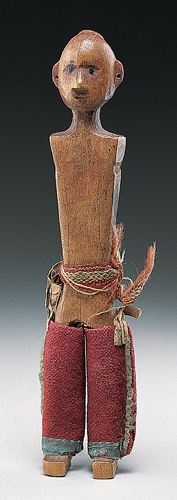Discuss the implications of the discovery of Chauvet Cave’s naturalistic depictions of animals
Please provide the best answer for the statement.
The ideal response would include the following:
Before the discovery of Chauvet, historians divided the history of cave painting into a series of successive styles, each progressively more realistic. But Chauvet’s paintings, by far the oldest known, are also the most advanced in their visual naturalism.
Art historians now tend to agree that, even from the earliest times, human beings chose to represent the world naturalistically or not, with the choice representing not lack of skill or sophistication but expressive intent or cultural values.
This upsetting of earlier assumptions about linear progression in sophistication suggests that we question our assumptions when we are inclined to equate earlier cultures with more primitive values and skills.
You might also like to view...
Which of the following is among the hymns that Martin Luther composed?
a. "A Mighty Fortress Is Our God" b. "Amazing Grace" c. "Rock of Ages" d. "Just As I Am"
In many ancient Islamic countries, acting was outlawed. As a result, what type of theatre became popular?
A) Córdoba missionary plays B) Morality plays C) Shadow plays D) Actorless dramas

A. It was an amulet used to protect from illness and other dangers. B. It was a love doll used to inspire desire in its victim/target. C. It was a funerary marker. D. It was a symbol of the aspirations for fertility and bounty in the user.
The idea that human beings should not be able to do whatever they please is a basic principle of
a. religion-based morality. b. altruism. c. utilitarianism. d. moral relativism.